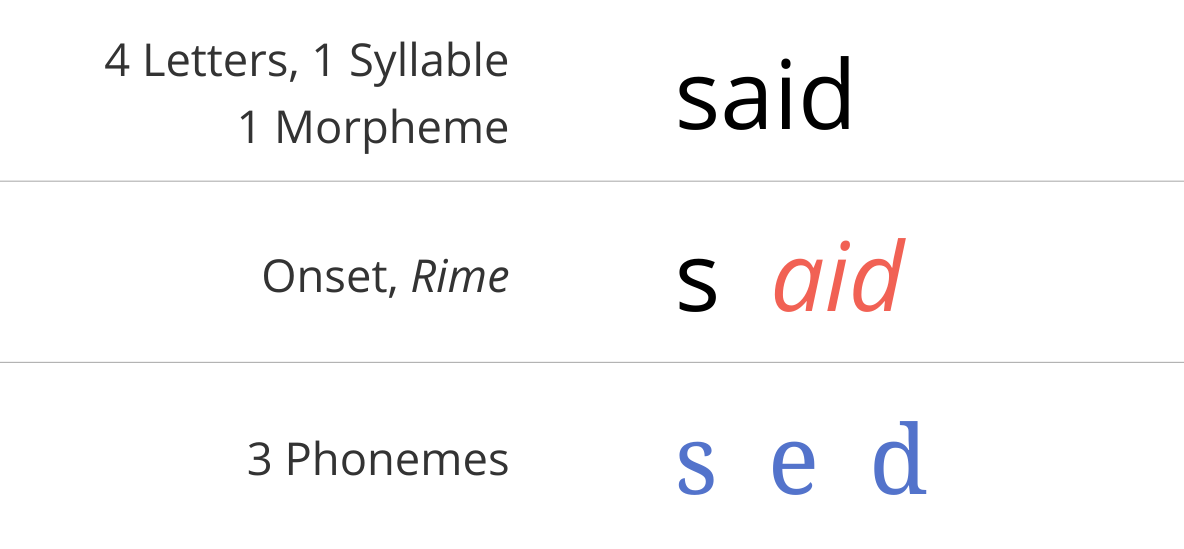Much of the federal education law deals with schools struggling to meet expectations. And we have new information concerning just how many of them are being tagged as needing improvement in the Every Student Succeeds Act era. But the answers vary significantly by state.
A new report from the Center on Education Policy takes a state-by-state look at the number of schools that have been identified as needing comprehensive support and improvement, targeted support and improvement, or additional targeted support and improvement. Those are ESSA’s three school improvement categories.
The share of schools getting each one of those labels can vary dramatically from state to state. In Florida, for example, 69 percent of schools fell into one of those buckets, while in Maryland, just 3 percent of schools have recevied one of the labels so far. The same goes for the share of schools in each of those categories: In Arizona, 41 percent of schools need targeted support and improvement, while in Kansas, the corresponding figure is just 6 percent.
Need a reminder of which schools those labels apply to? You can go here. Basically, schools needing comprehensive support and improvement are Title I schools with very low overall performance, or high schools with low graduation rates, while the other two types of schools have some sort of chronic underperformance among student subgroups. These labels matter schools are supposed to get evidence-based interventions tailored to address their problem areas.

e = get, head
Dive into said